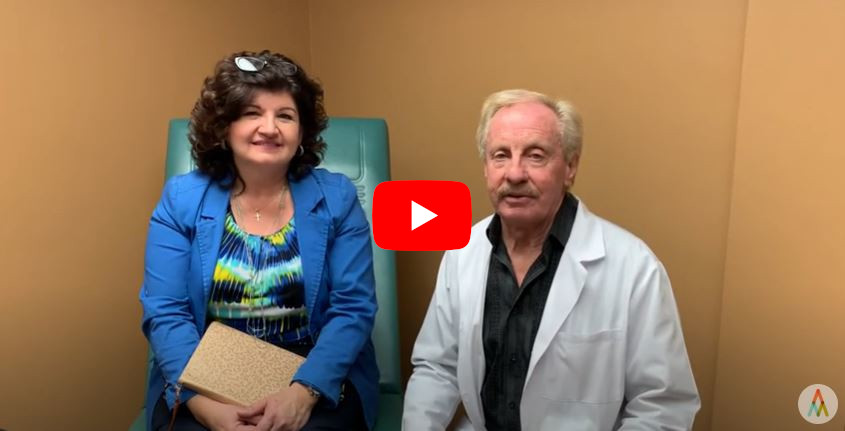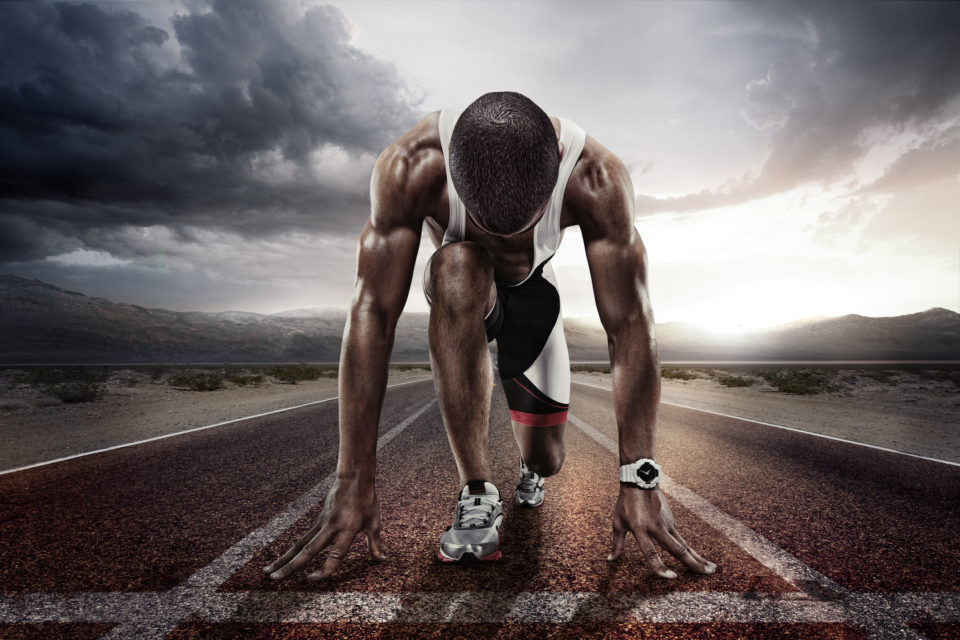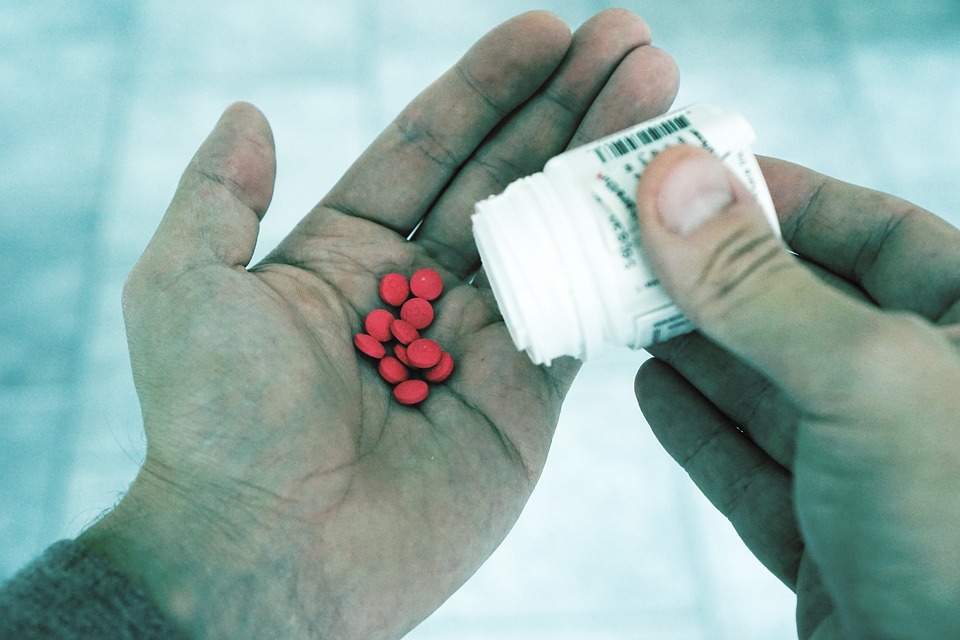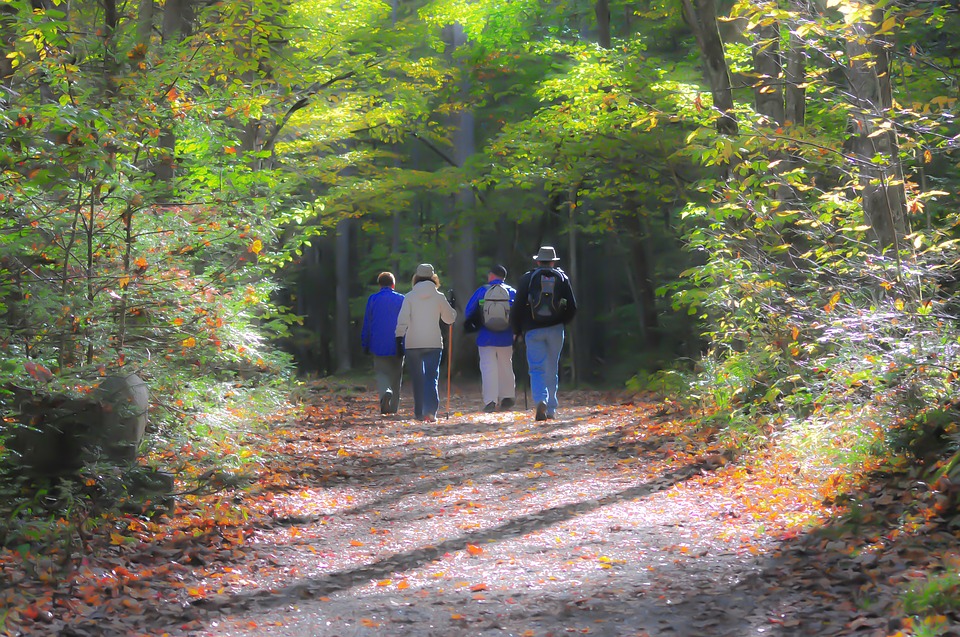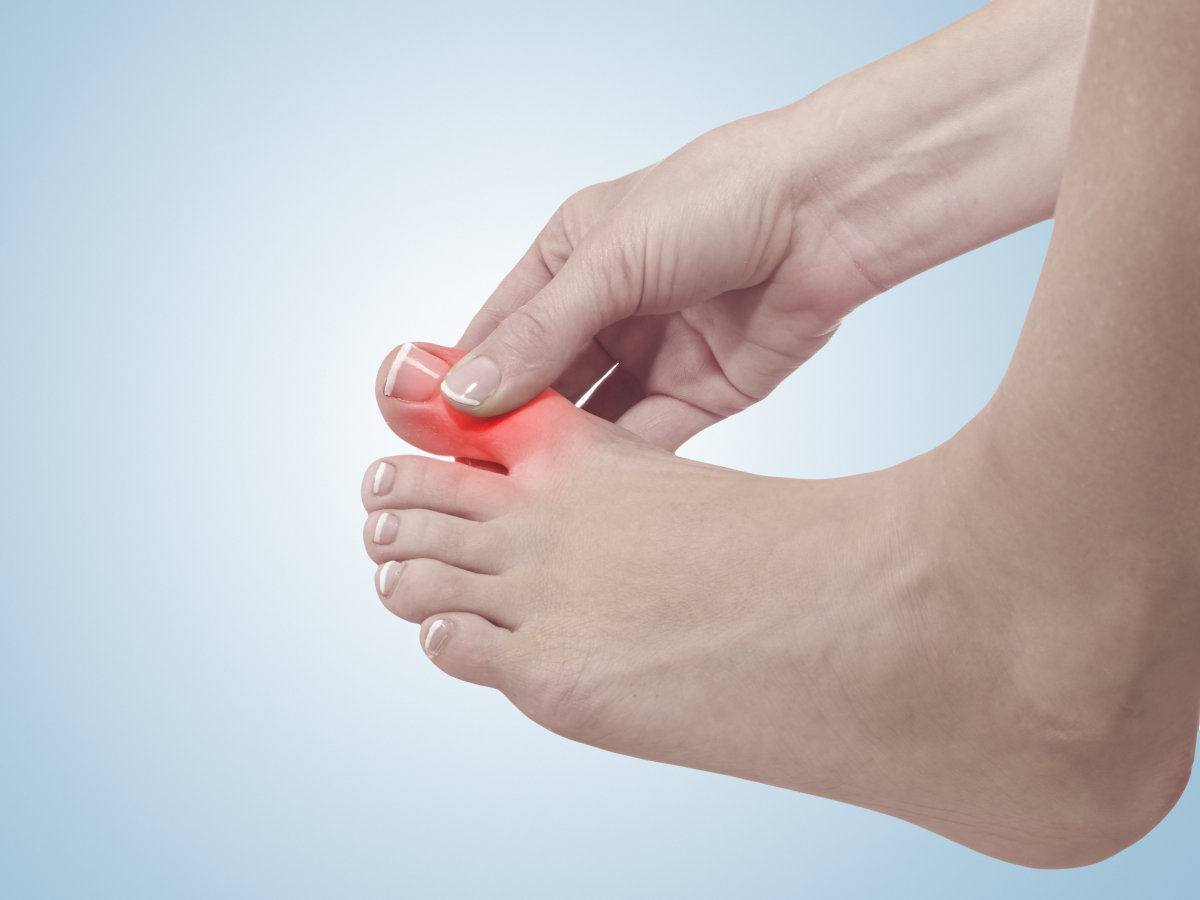
Cheilectomy is a surgical procedure performed on the great toe to remove spurring from the top of the joint. However, to truly understand cheilectomy surgery we must start at the beginning by explaining a foot problem referred to as hallux rigidus. The surgery is performed to help with pain in the great toe joint and also on top of the great toe joint.
What is hallux rigidus?
Hallux refers to the big toe and rigidus means that the great toe joint is stiff. The great toe is referred to as the first metatarsophalangeal (MTP) joint. Normally it should be able to move 60 to 70 degrees off the ground. With hallux rigidus range of motion of the great toe is reduced. Sometimes it may be 30 degrees and other times motion may be reduced a great deal more, maybe only 10 degrees. Generally, with more restriction of motion there is more pain associated with the problem. In laymen terms what is really occurring is that the great toe joint is becoming arthritic, commonly referred to as osteoarthritis.
Another name that was used to describe hallux rigidus is hallux limitus. It is used to describe the same thing, however the name in recent years has been changed and many doctors agree that hallux rigidus is more severe than hallux limitus. With hallux rigidus you will get bone spurs on the top of your big toe. You may find that your shoes rub this area, and it becomes painful to wear certain shoes. You may also get pain in other areas of the foot, leg, knee or back from favoring the great toe joint. Understand the great toe joint is one of the most important joints of the foot to allow you to walk or run normally.
How does hallux rigidus affect your gait or walk?
When you have lack of motion in the great toe you’ll roll to the outside of your foot as you push off the ball of your foot. You have to do this because the joint motion is limited so you have to get motion elsewhere and you achieve this by rolling onto the ball of the foot by the smaller toes. The modification in your gait may cause all kinds of other aches and pains. Frequently the first think to happen is you start to notice pain in the great toe, but you may adapt the pain by favoring the great toe thereby reducing the pain in the toe joint and increasing pain in other areas up into your ankle knee or hip joint. But it all started in your dysfunctional great toe.
What causes hallux rigidus?
- Trauma – you may have had a severe sprain or jamming of the great toe joint. You may also have had a fracture in the joint. Both can damage the cartilage in the joint and therefore start the arthritic process.
- Other arthritic conditions – If you have chronic gout your gout attacks frequently occur in the great toe joint. Because a gout attack causes severe inflammation in the great toe joint this will cause damage to the cartilage. The same idea holds true with autoimmune conditions such as rheumatoid arthritis.
- Improper biomechanics – This is by far the most common cause. For the big toe to move up to 60-70 degrees of the ground two motions need to occur. First the great toe, hallux will move up 20 degrees. However, the first metatarsal bone forms the portion of the great toe joint that you bear weight on needs to push down against the ground. When the first metatarsal head pushes down against the ground the great can now glide up higher another 40 degrees to get up to 60-70 degrees of motion. It’s as if there are two axis of motion. One axis of motion allows the toe to move up 20 degrees then when the first metatarsal bone moves downward the great toe can move upwards even more. If the first metatarsal cannot move down then the great toe will jam as it tries to move upward. This jamming on the top of the joint is what causes spur formation and also wearing down of the cartilage on the upper portion of the joint. So now you may have pain from the spurring on the top of the joint rubbing shoe gear, and pain on motion of the joint as it jams as it moves upwards.
Non-surgical treatments to avoid cheilectomy surgery
- Anti-inflammatory – To reduce pain and swelling Anti-inflammatory drugs may be used in the early stages as a pain reliever. However, long term use may be detrimental to the health of the joint.
- Orthotics – depending on the type of custom-made inserts called orthotics are very helpful in the early stages of Hallux rigidus as the help to combat the biomechanics the promote the condition and may offer some pain relief. If the type of orthotic you’re using is store bought or not created from a non-weight bearing impression of your foot it may not be effective.
- Regenerative medicine – The use of human cellular tissue products may be used to successfully eliminate pain in the joint and delay or possibly eliminate the need for surgery in some cases. Many of you are aware that stem cell treatments are commonly done for arthritis knees however very few realize this is an option for the great toe joint. See below to understand why the great toe has more opportunity to repair itself. And please watch this video.
What is involved in cheilectomy surgery?
Cheilectomy surgery is a procedure involving removal of the excess bone on the top of the joint and revising the joint of the big toe. If there is significant damage to the cartilage in the joint, then microfracture technique may be part of what the surgeon does during surgery. By making small drill holes(microfracture) in areas of the joint where cartilage is worn down to bone this will allow blood into the joint after surgery and in doing so allows repair of the damaged cartilage. The cheilectomy surgery technique works very well on the great toe joint. It is believed that cartilage has a difficult time repairing when there is vertical load on the cartilage. This would be the situation for a knee or hip joint. However, there is very little vertical load on the great toe joint the microfracture technique will have more potential benefit.
Post operative recovery – most patients are able to walk immediately after surgery in a surgical shoe or Cam walker. Sutures are usually removed between 2-3 weeks after surgery so the foot will have a dressing on during that time and the foot will need to be kept dry. Most patients are going back to shoes in 3 weeks and returning to some activities by 4 weeks and more full activities by 6-8 weeks. The risk of this surgery are not as significant as other foot surgery but you should be aware of them as problems such as blood clotting referred to as deep vein thrombosis may occur.
How to reduce the chances of joint fusion or joint replacement?
It needs to be stressed that this procedure may not be the end of your great toe pain. It’s possible for the cheilectomy procedure to work for years but the arthritic condition continues. Pain returns as the joint becomes more damaged and needs to be replaced or fused.
Regenerative medicine – The big toe joint has an unfair advantage for stem cell treatments to work. This is because the vertical load on a joint inhibits repair on joint cartilage and the great toe joint has very little vertical load. The procedure is simple to do. It’s done in a clinic setting and you’re able to walk immediately returning to regular shoes in 48 hours with no pain pills needed. Also, it important to consider before you symptoms become severe
Surgical treatment – If surgery is considered earlier, it is better to do a cheilectomy. First you need to have pain to consider a surgical approach. However, removal of the bone spurs and revising the joint with the microfracture technique may have a greater benefit long term if its done before the damage to the joint has become severe.
In summary
Cheilectomy surgery may not be the only surgery option, but if you wait too long it could result in hallux rigidus.
Regenerative medicine has an important role in reducing or delaying the need for surgery including fusion and joint replacement. And should be done early.
Schedule your appointment online or call our Fort Collins and Broomfield, Colorado locations to connect with a trusted foot doctor near you at our renowned foot and ankle clinic.
Frequently asked questions
1) What is a big toe cheilectomy, and how does it help with hallux rigidus?
A big toe cheilectomy is a surgical procedure that removes bone spurs and part of the arthritic joint to improve movement and reduce pain in patients with hallux rigidus—a condition that causes stiffness and pain in the big toe. It is most effective in the early to mid-stages of the condition, helping to preserve joint function and delay the need for more extensive surgery.
2) Who is a good candidate for a big toe cheilectomy?
This procedure is ideal for patients with mild to moderate hallux rigidus who experience pain and restricted motion due to bone spurs but still have some cartilage remaining in the joint. If arthritis is severe or joint damage is extensive, alternative procedures like joint fusion (arthrodesis) or joint replacement may be more suitable.
3) What is the recovery time after a cheilectomy?
Recovery typically takes 6 to 8 weeks. Most patients can walk with a stiff-soled shoe within a few days but should avoid strenuous activities for several weeks. Swelling and stiffness may persist for a few months, and physical therapy may be recommended to restore mobility and strength.
4) What are the risks and potential complications of this surgery?
As with any surgery, risks include infection, nerve damage, prolonged swelling, or incomplete pain relief. In some cases, arthritis may continue to progress, requiring future procedures. However, most patients experience significant pain relief and improved mobility after surgery.
5) Will I be able to return to sports and physical activities after a cheilectomy?
Many patients can resume low-impact activities such as walking and swimming within a few weeks. However, high-impact sports like running and jumping may take longer and could be limited if arthritis worsens. Your surgeon will guide you based on your healing progress and activity goals.
Call us today at our Fort Collins location (970) 329-8158, Broomfield location (303) 997-2795, Surgery Center (970) 329-8158, or use our online scheduling system to book your appointment.
